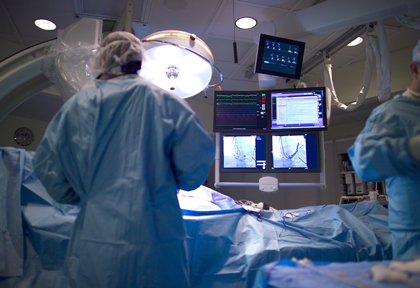The DANish Acute Myocardial Infarction 2 (DANAMI-2) trial showed the 30-day superiority of patient transport to a primary angioplasty site vs. fibrinolysis at the hospital where the patient had been originally admitted. Those 30-day results became a landmark in the history of interventional cardiology. However, some suspected that such initial benefit could fade away over time.

Now, with the results of the 16-year follow-up, we know that this benefit is maintained “indefinitely.”
DANAMI-2 randomized 1572 patients with ST-segment elevation acute coronary syndrome to primary angioplasty vs. fibrinolysis at 24 referral hospitals, 5 of which offered primary angioplasty. Patients in the primary angioplasty arm were immediately transferred to the nearest invasive center, while the other arm received fibrinolysis at the hospital where its patients first sought attention.
After 16 years of follow-up, patients who underwent primary angioplasty had better results in terms of the primary endpoint compared with patients treated with fibrinolysis (58.7% vs. 62.3%; hazard ratio [HR]: 0.86). In patients who were transported to undergo primary angioplasty, their benefit was similar to that of the general population (58.7% vs. 64.1%; HR: 0.82).
There were no differences in all-cause mortality, but cardiovascular mortality was reduced by 4.4% in absolute terms, in favor of angioplasty.
Read also: Virtual ACC 2020 | COAPT: Better Quality of Life Translates into Harder End-Points.
Angioplasty managed to postpone a major event by over a year, compared with fibrinolysis.
Conclusion
The benefit of primary angioplasty compared with fibrinolysis is maintained after 16 years of follow-up. Primary angioplasty was superior as regards a reduction in the combined endpoint of death, cardiovascular death, and reinfarction. It reduced the rates for those events and it also postponed events by over a year.
Reference: Pernille G. Thrane et al. European Heart Journal. Article in press.
Subscribe to our weekly newsletter
Get the latest scientific articles on interventional cardiology
We are interested in your opinion. Please, leave your comments, thoughts, questions, etc., below. They will be most welcome.





